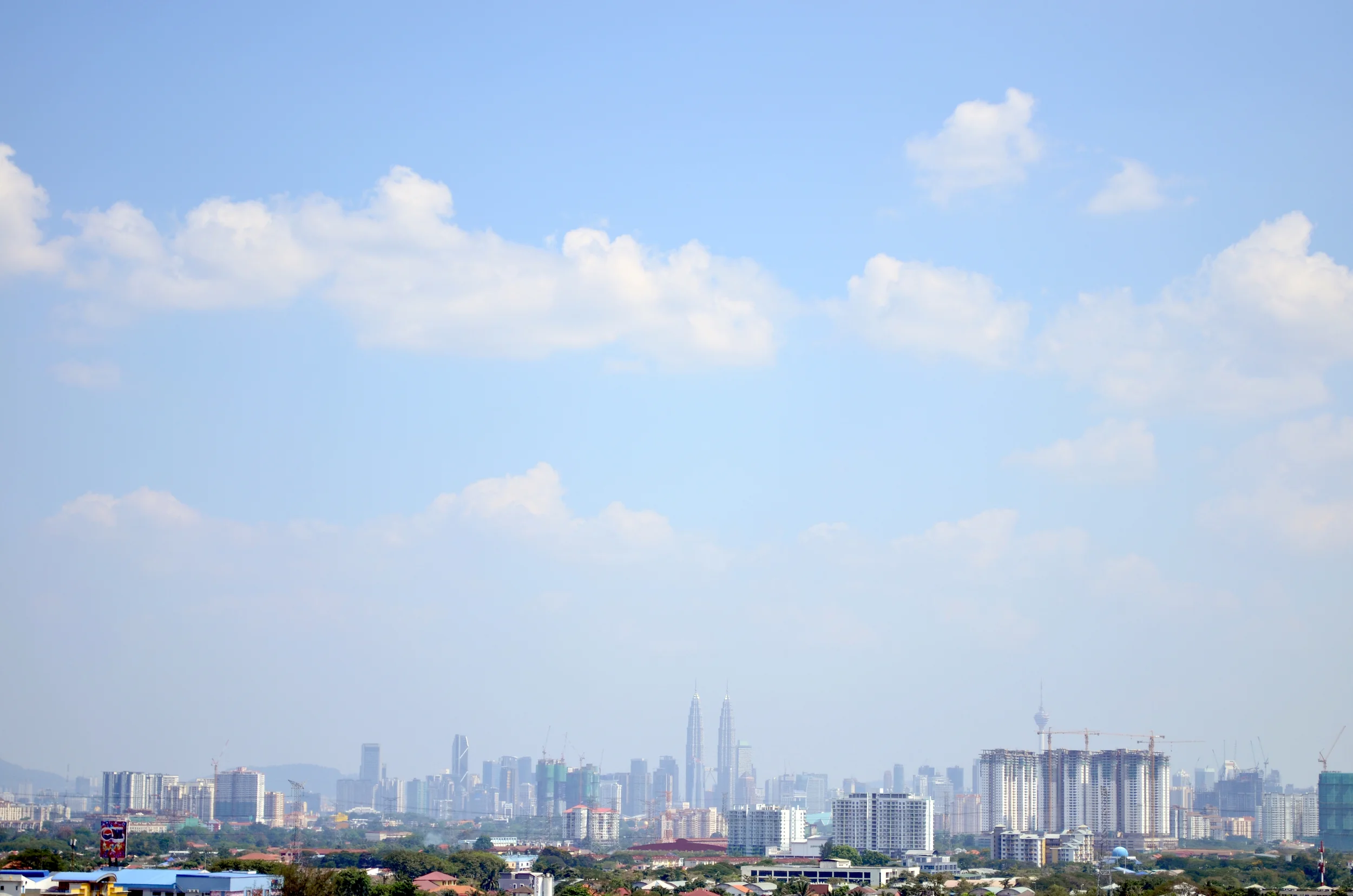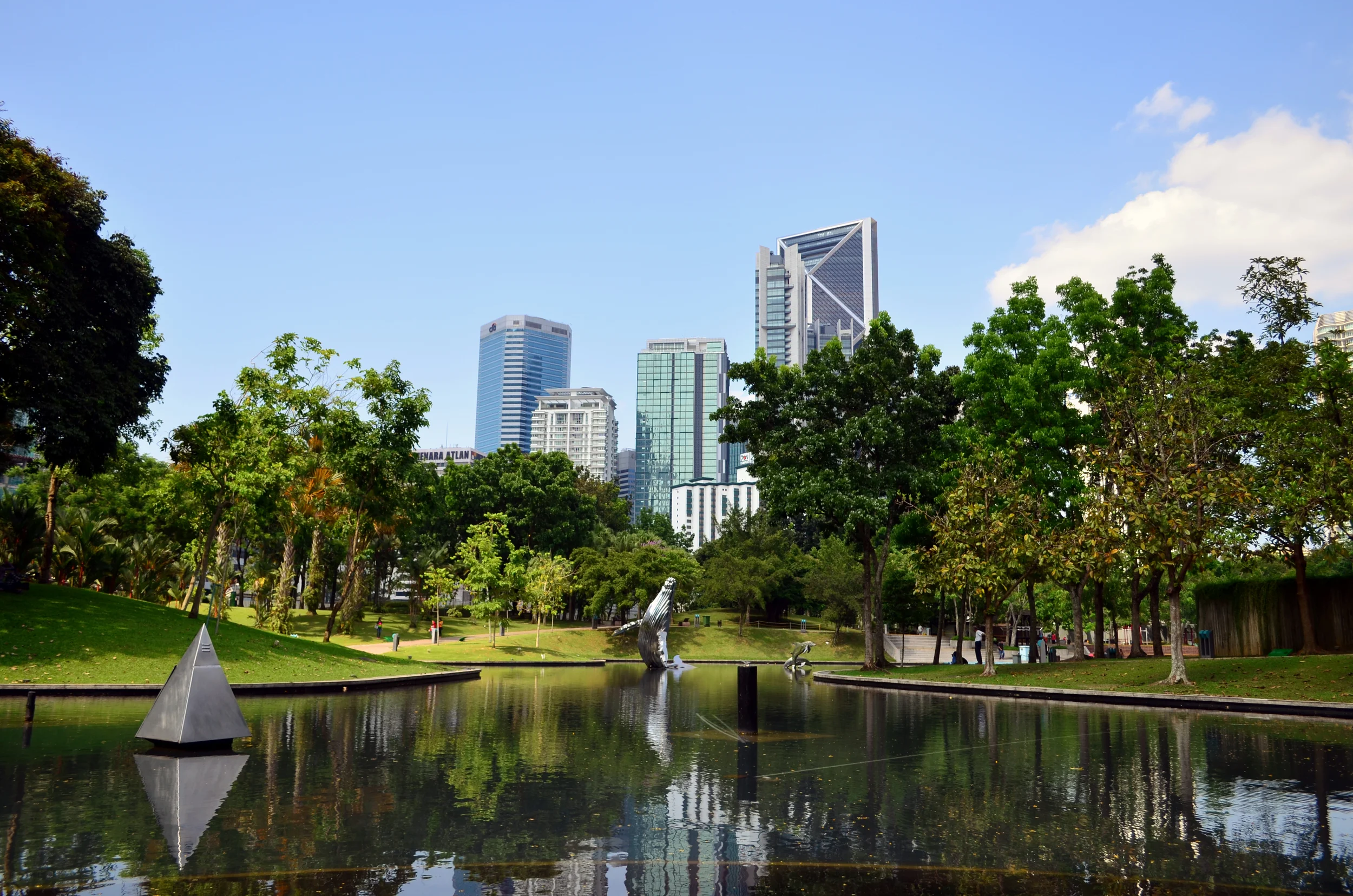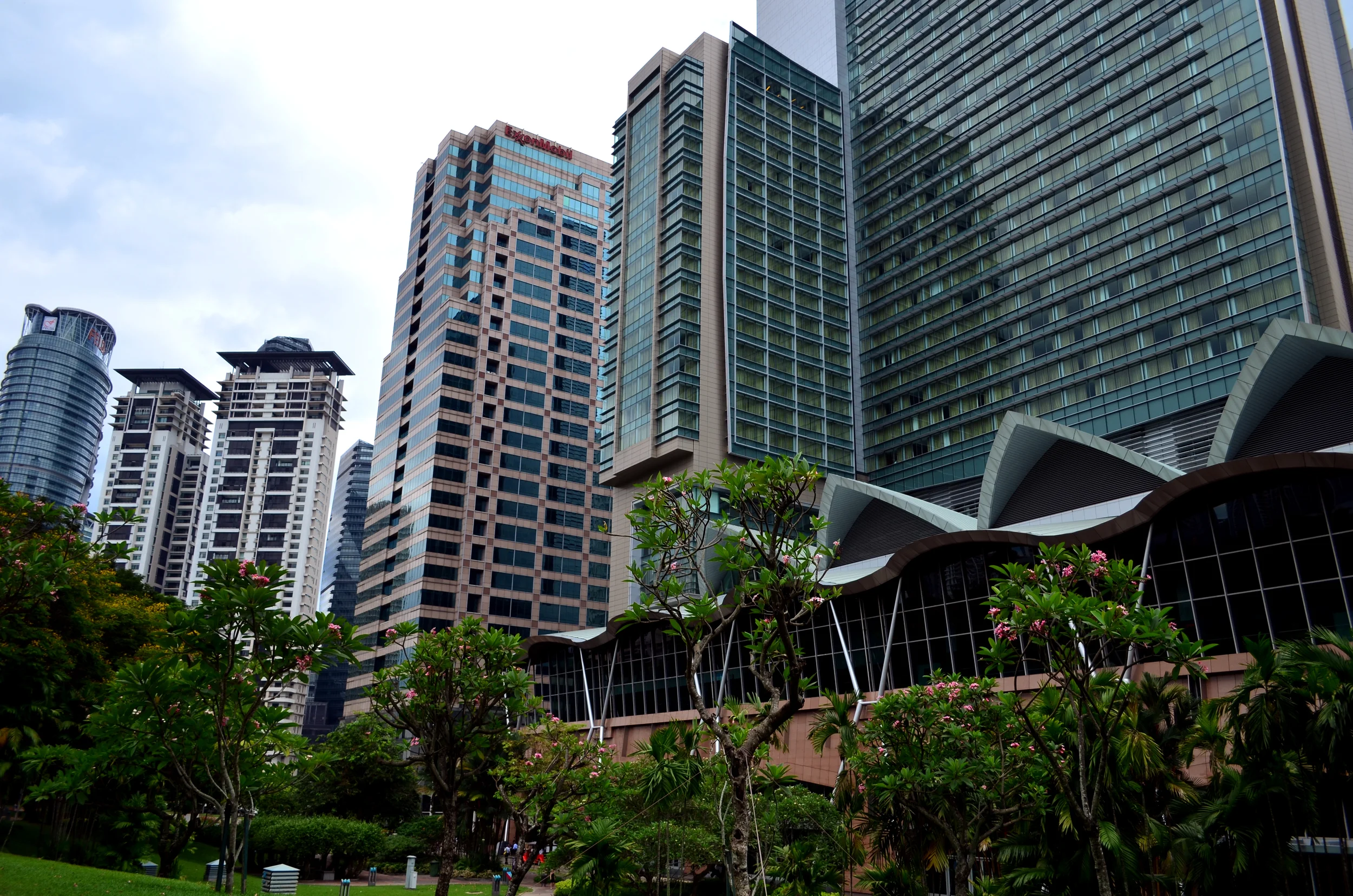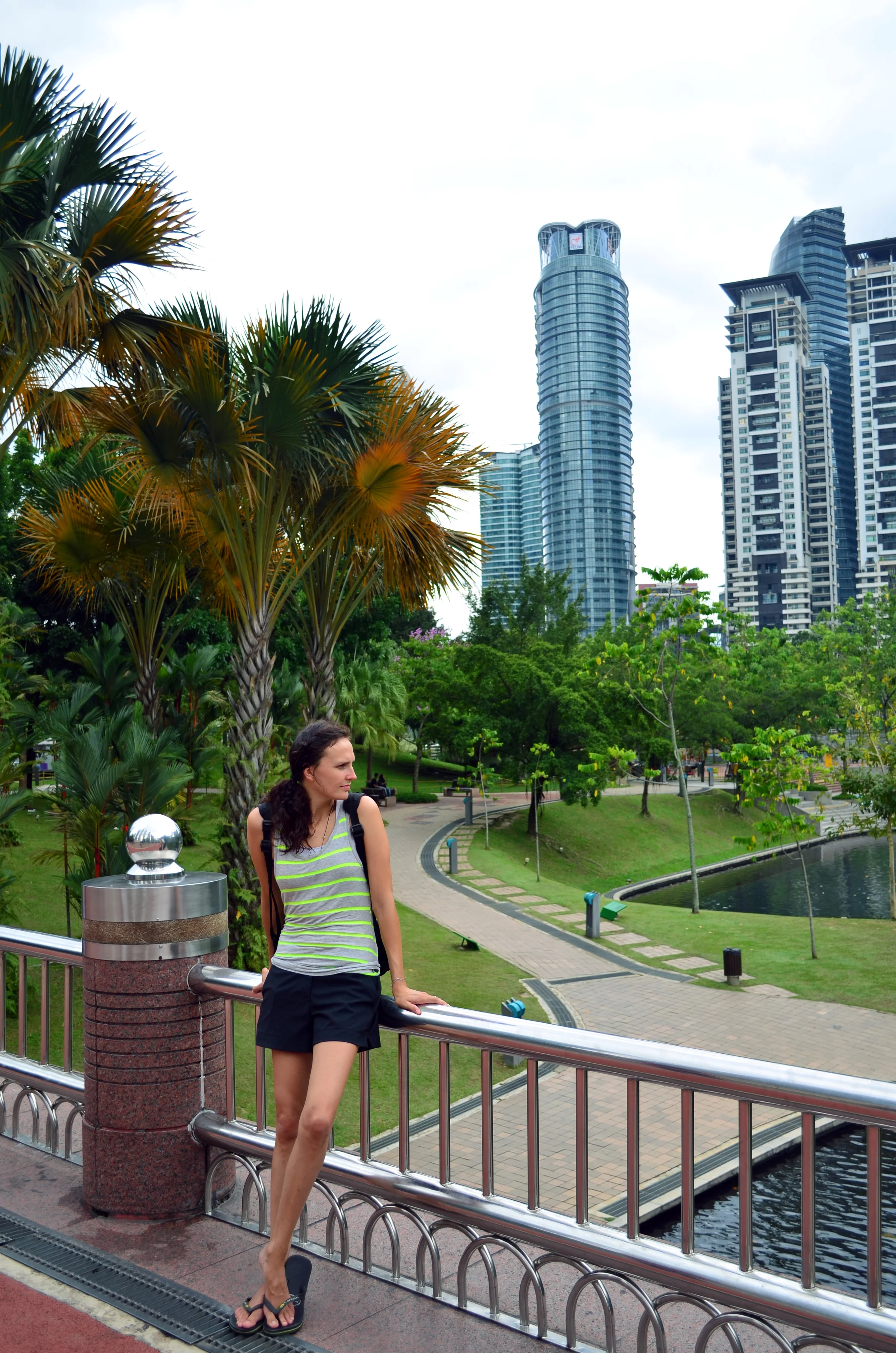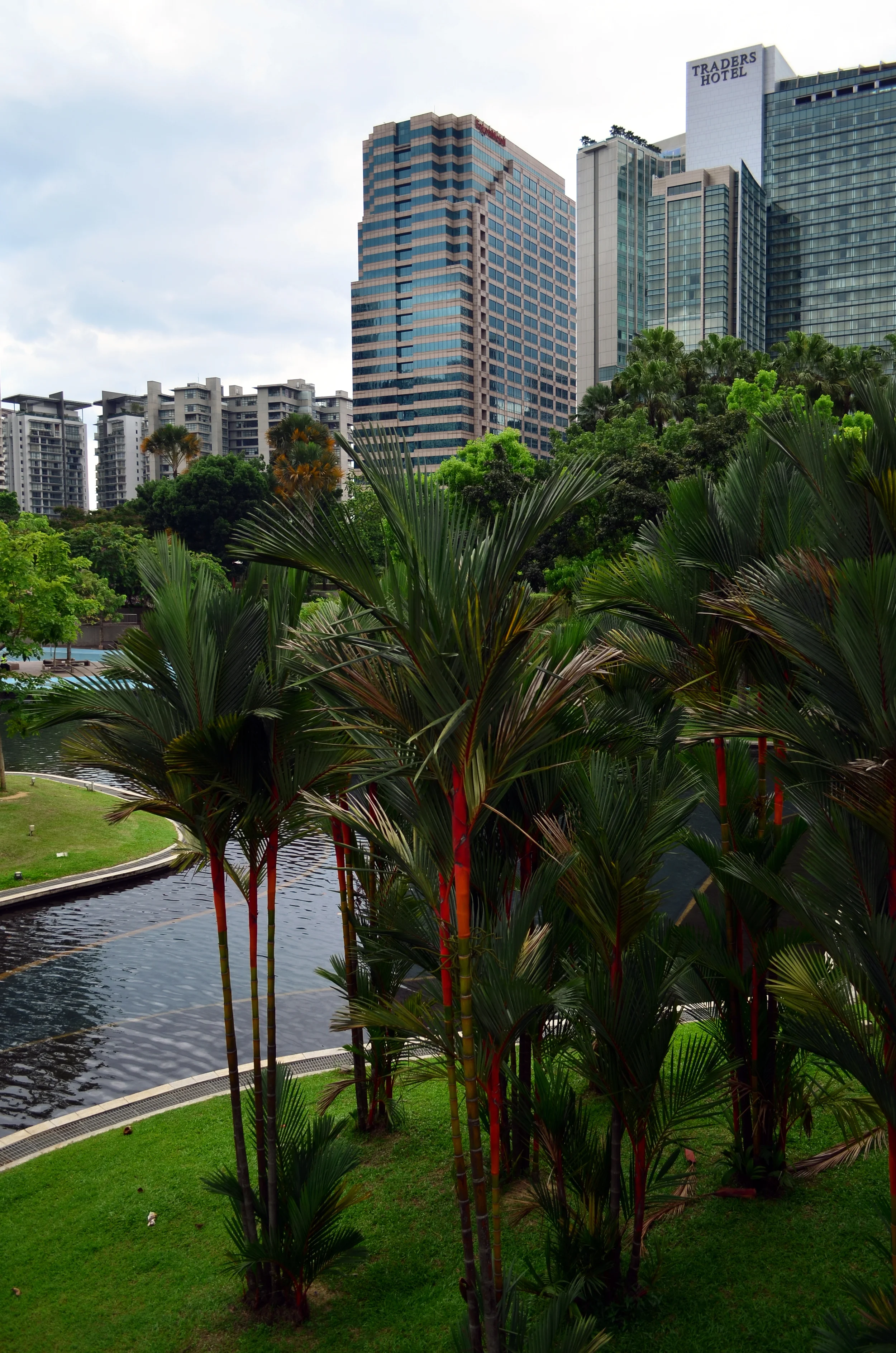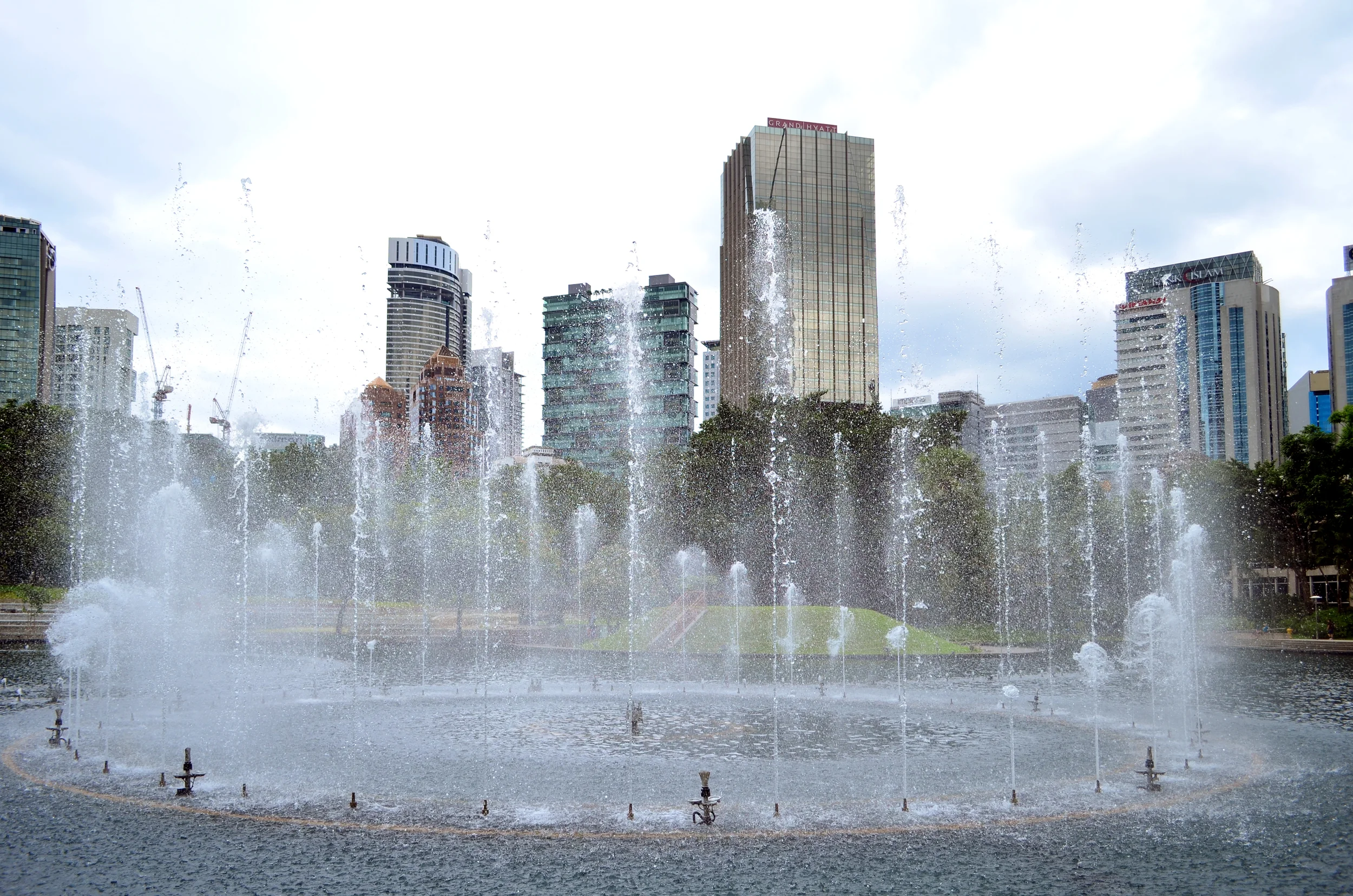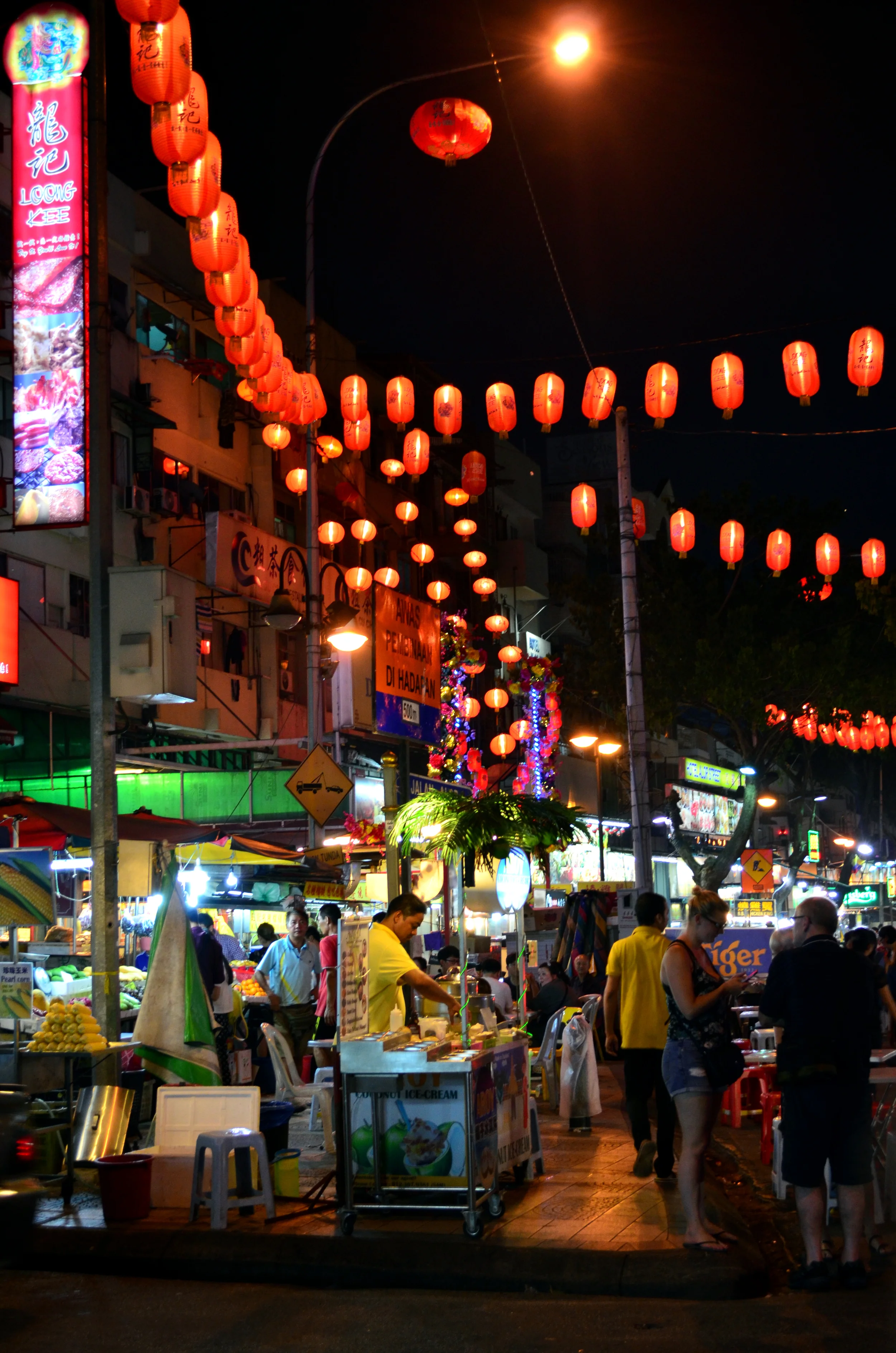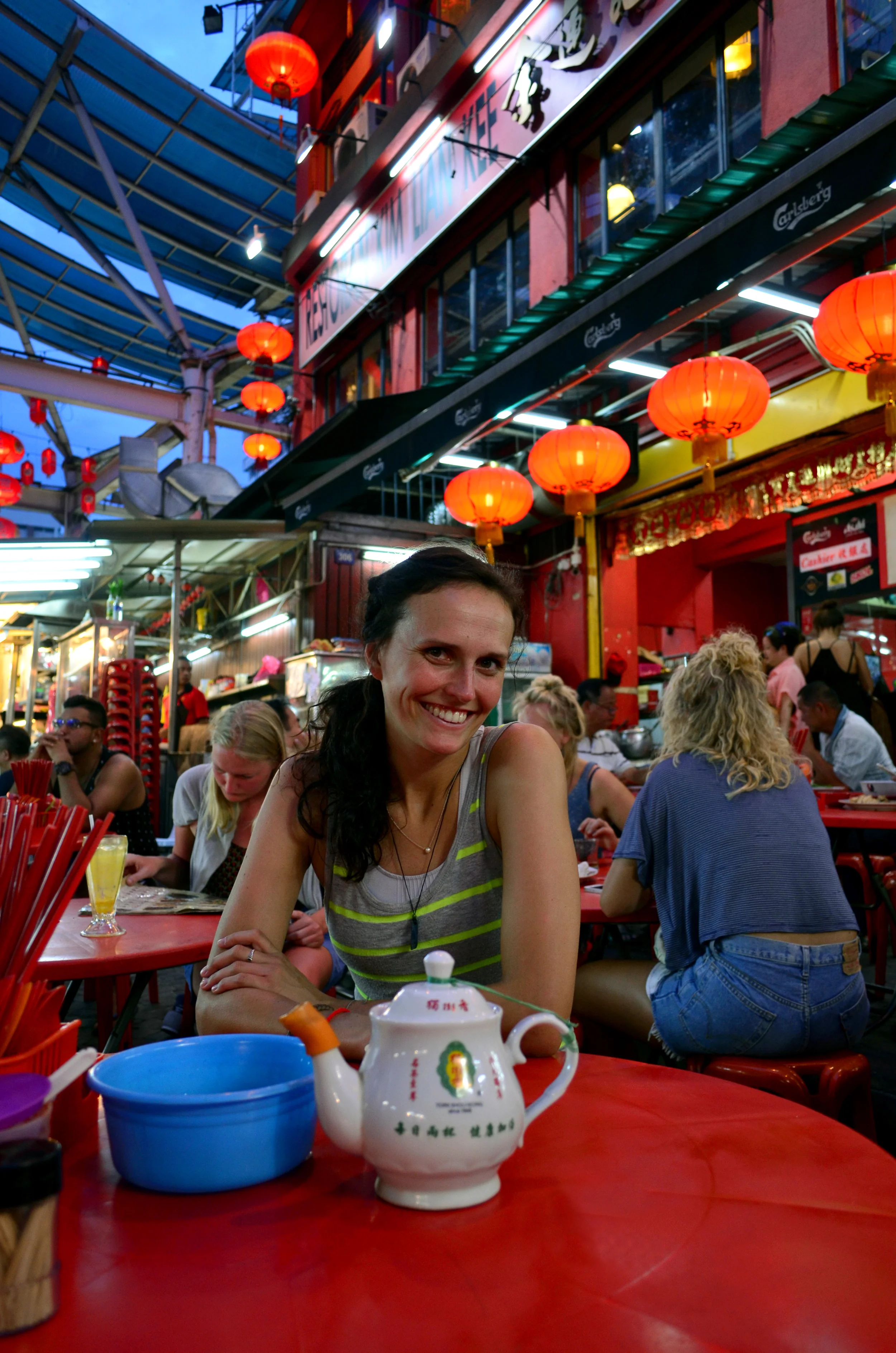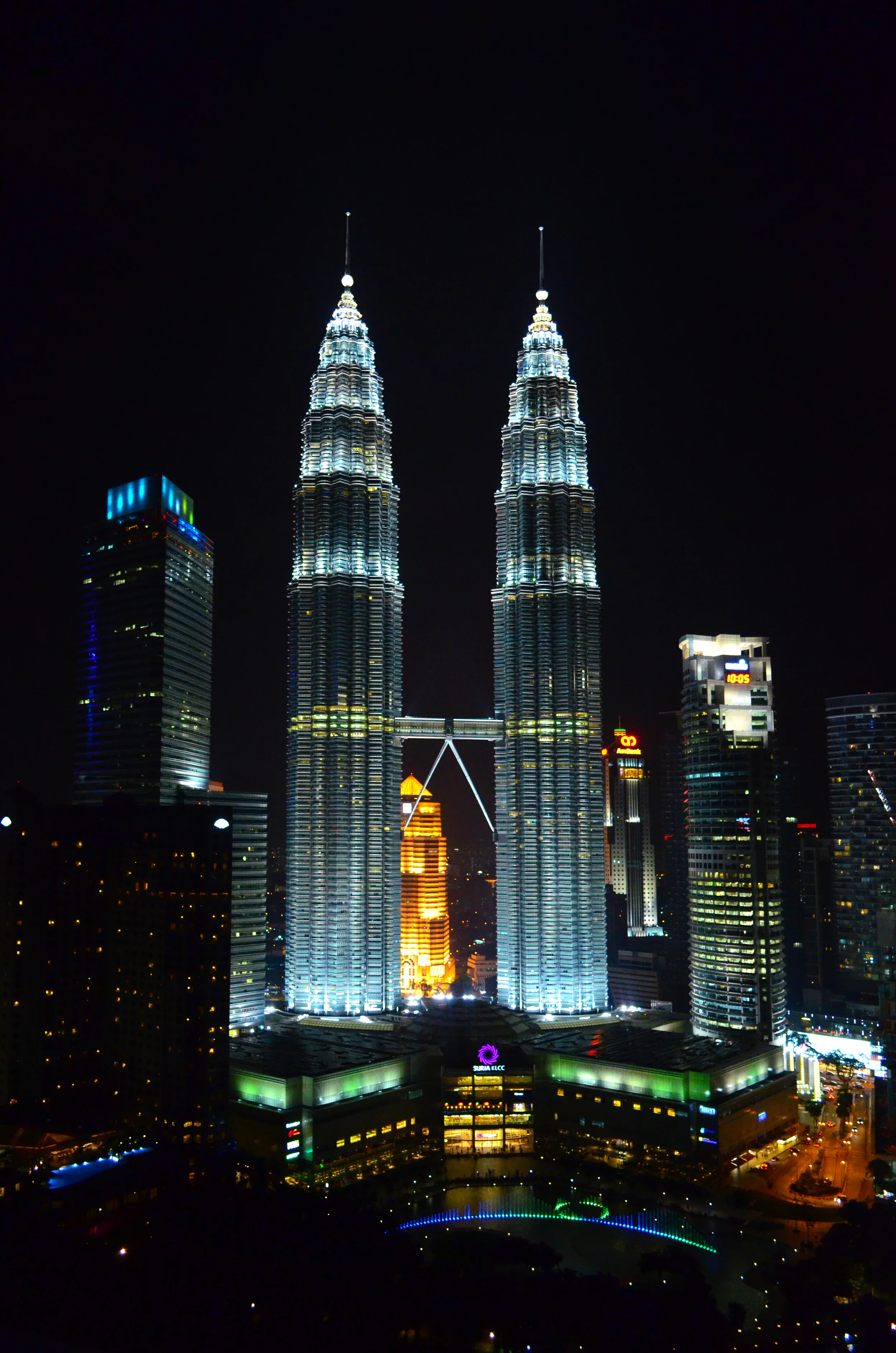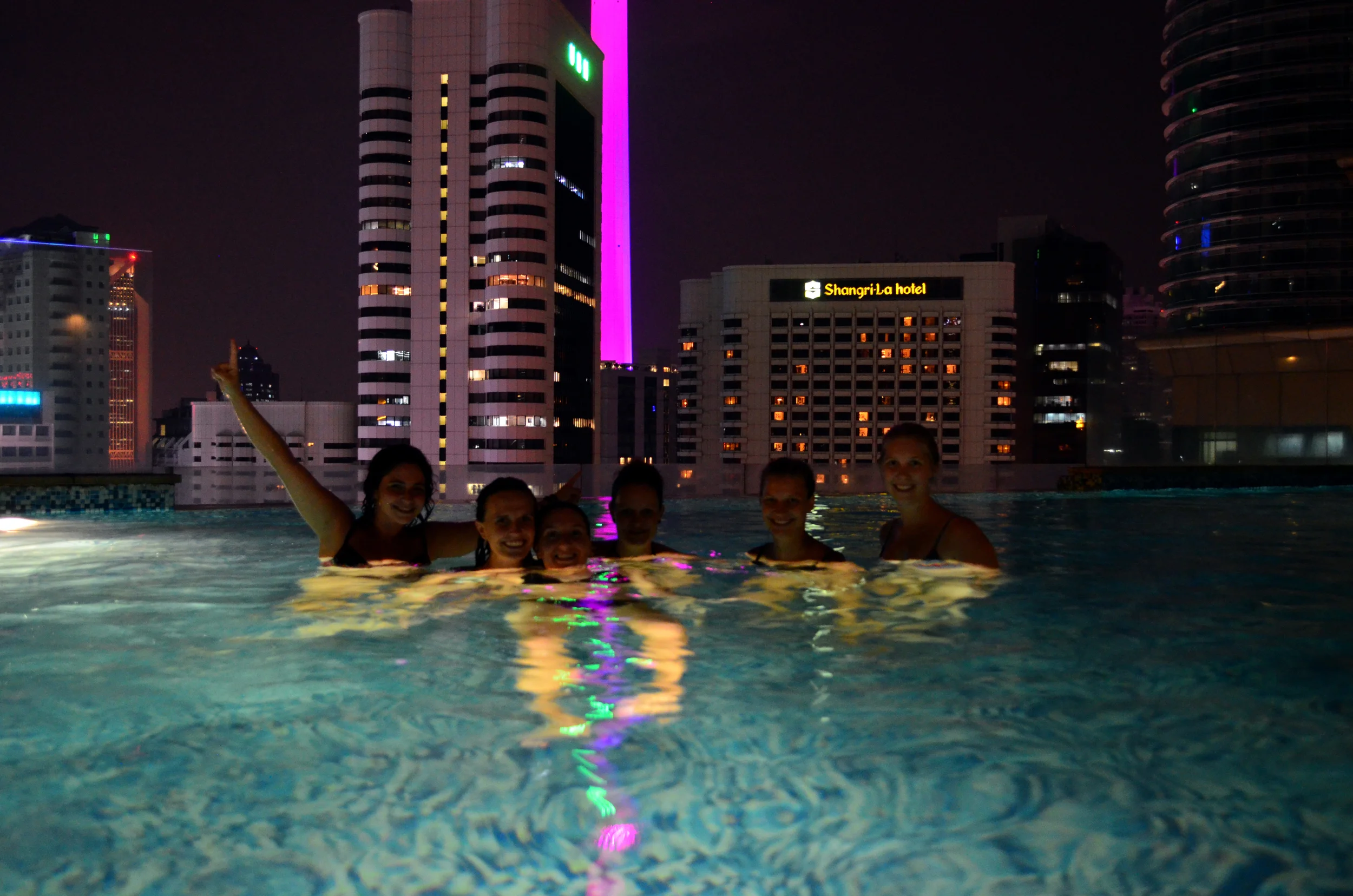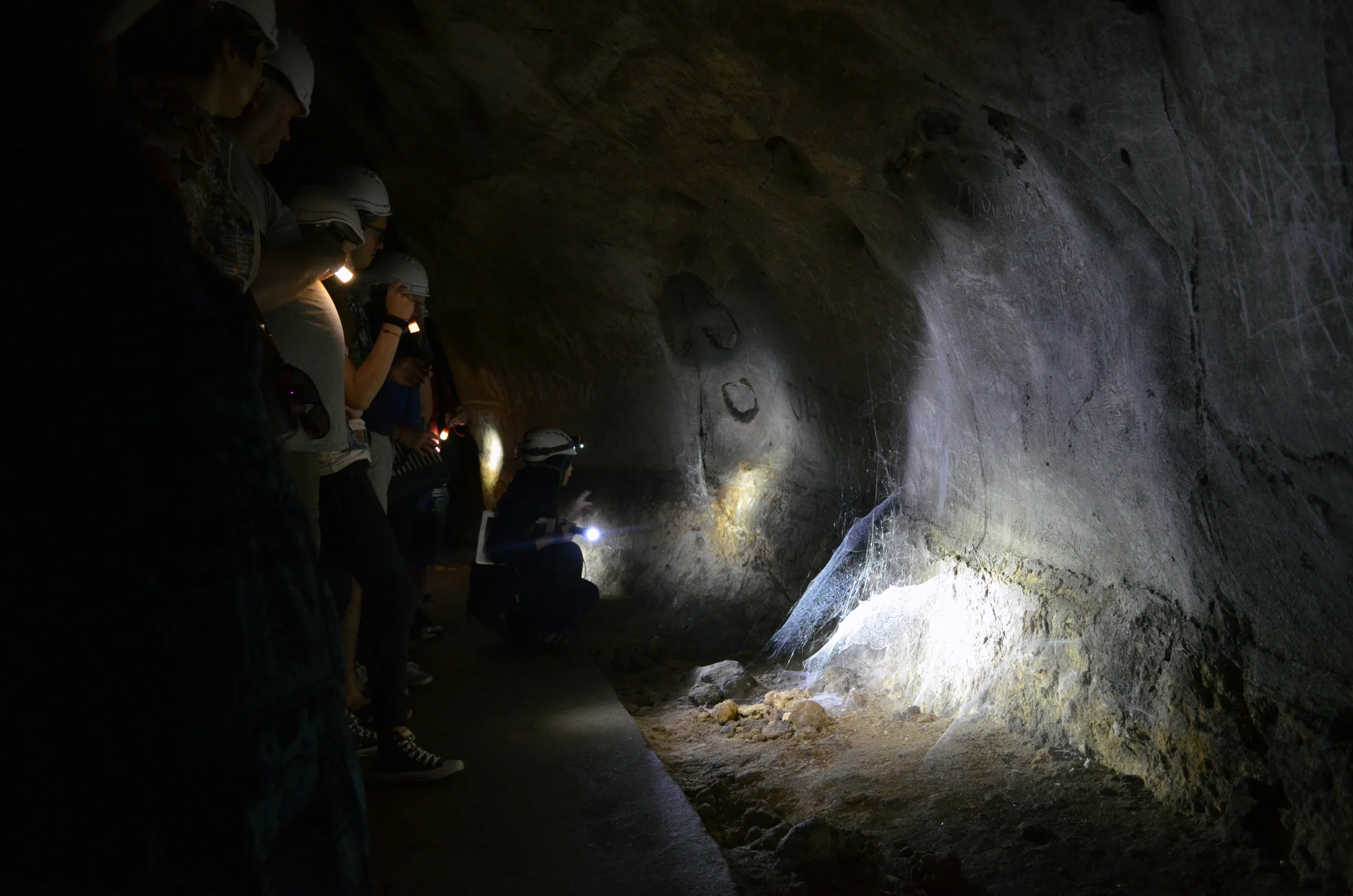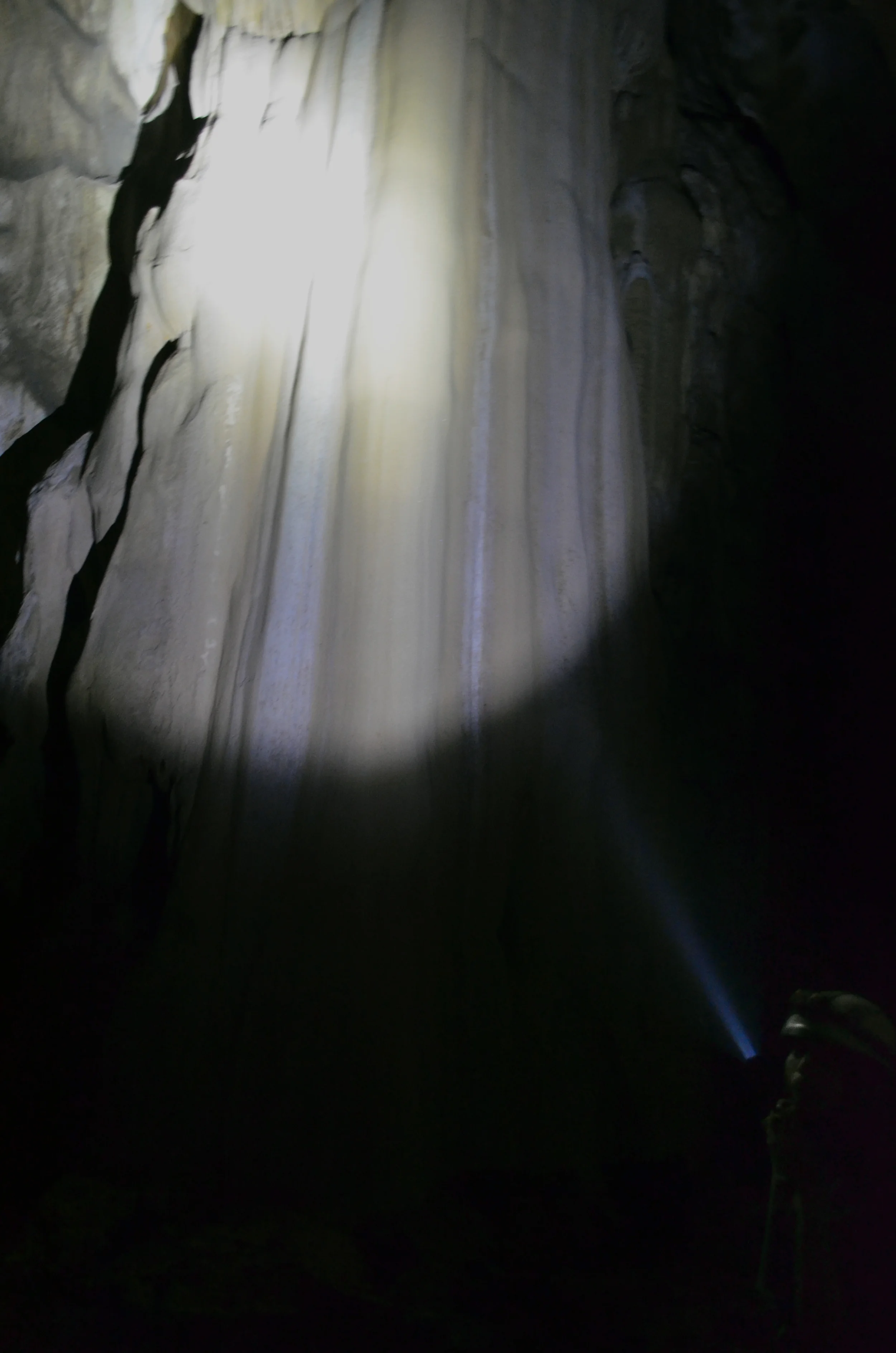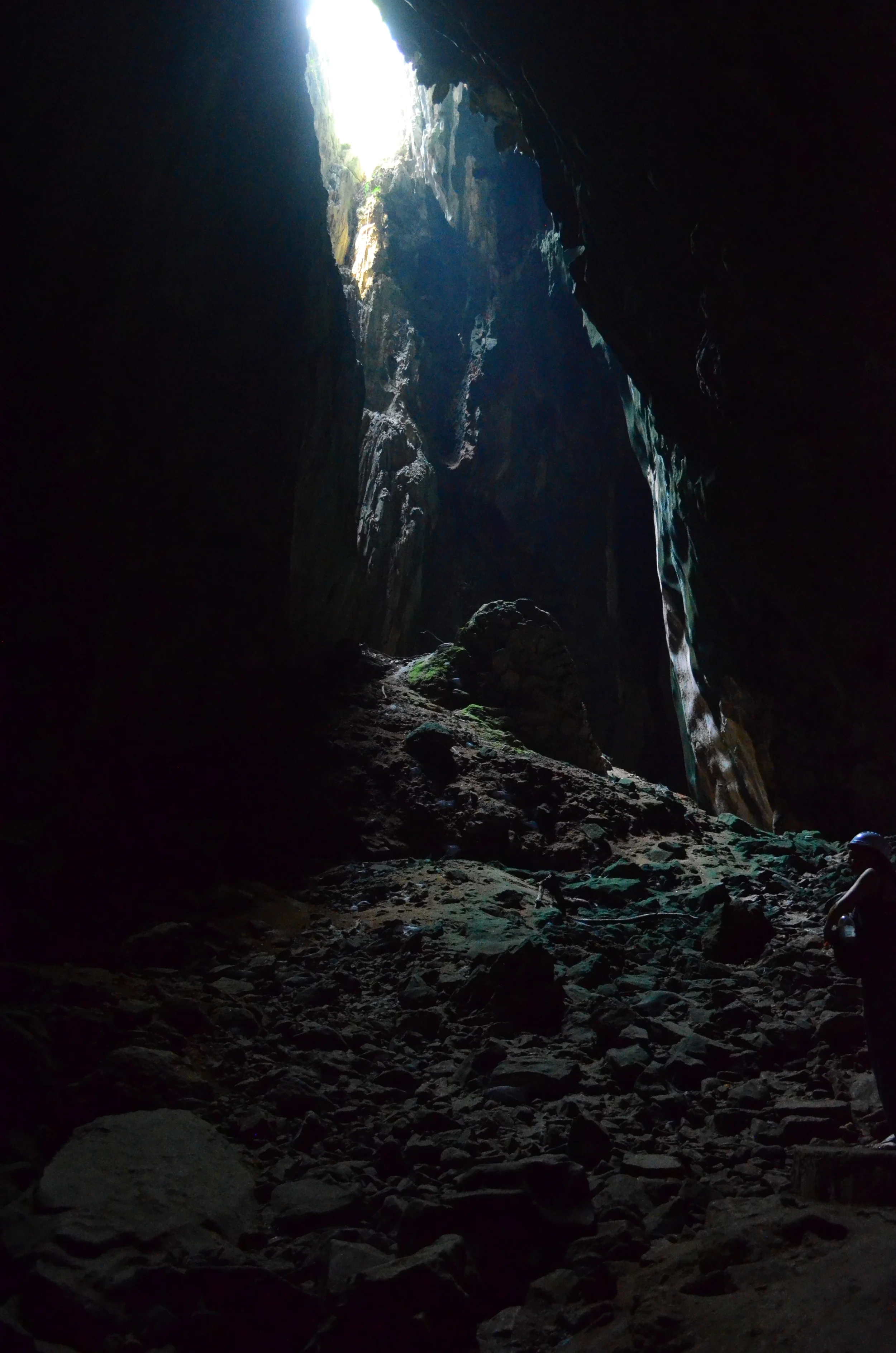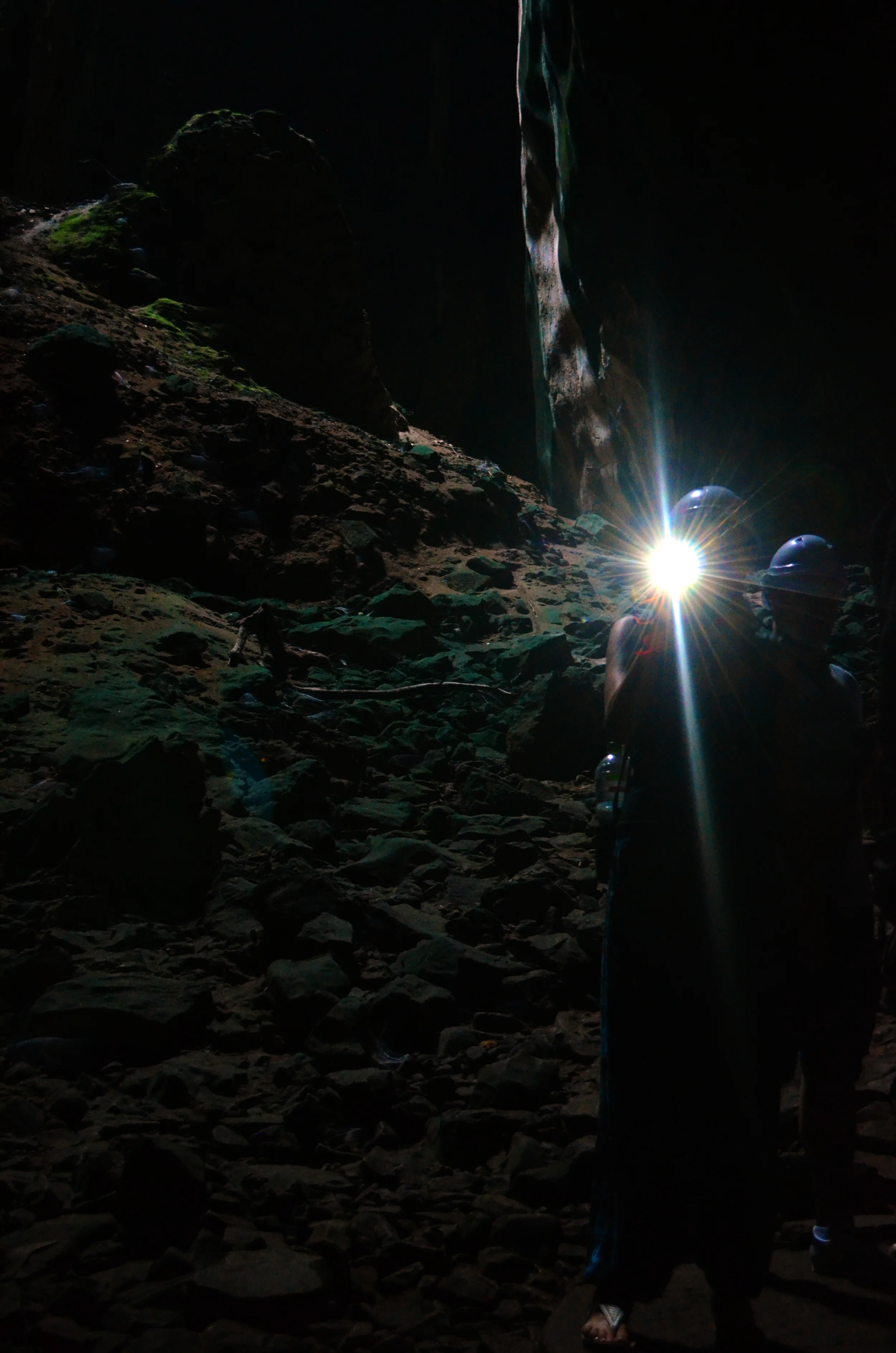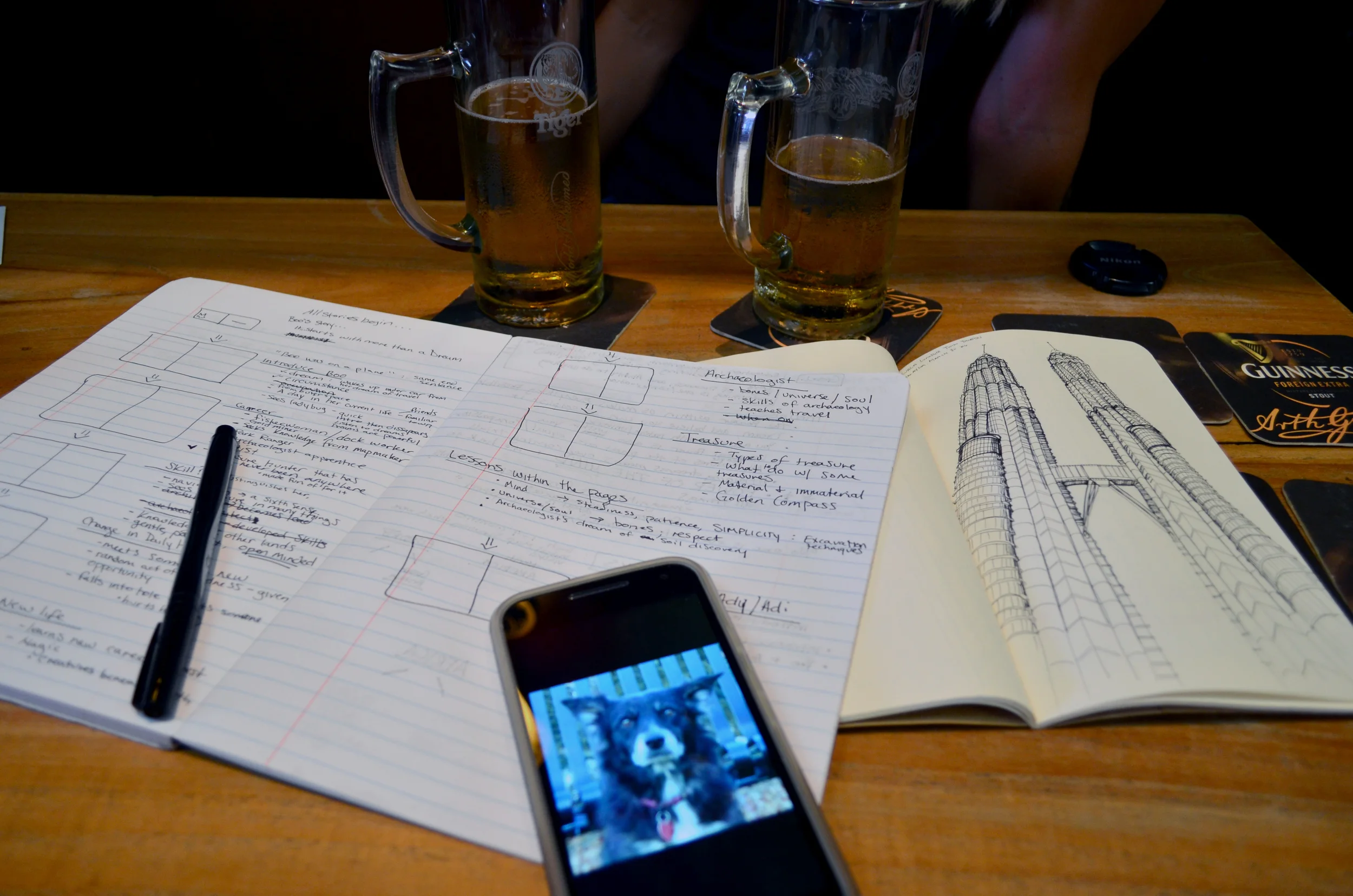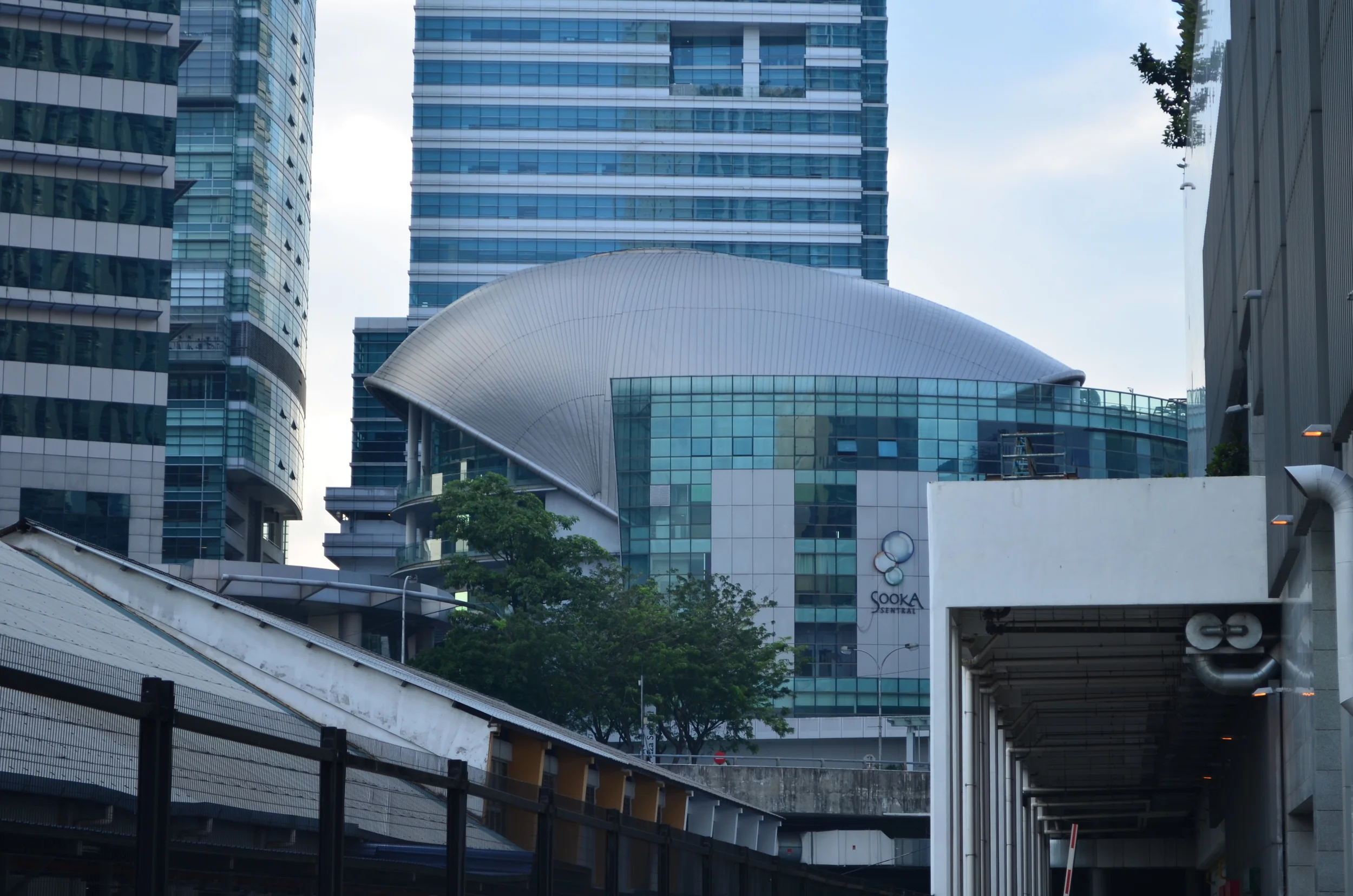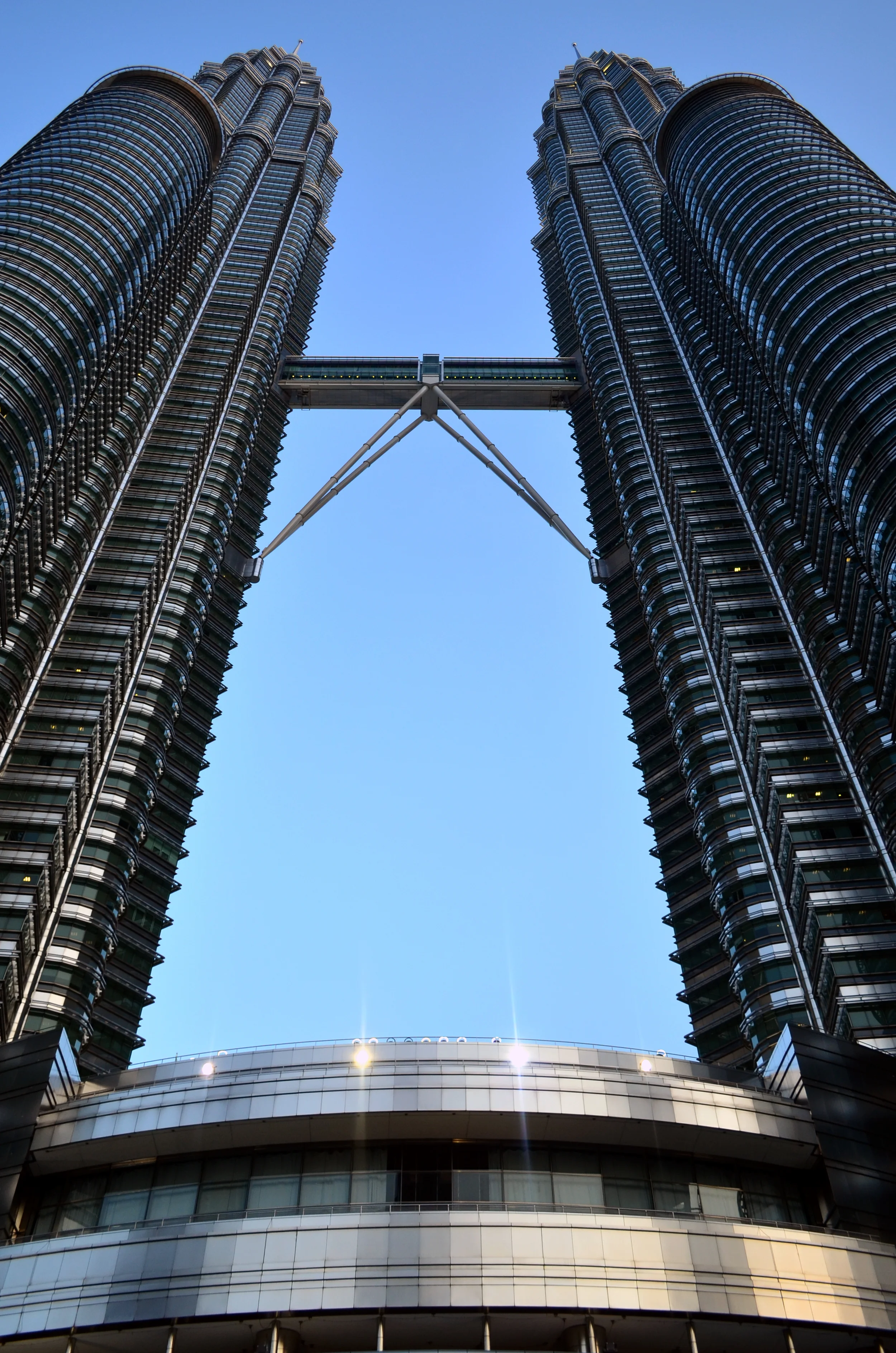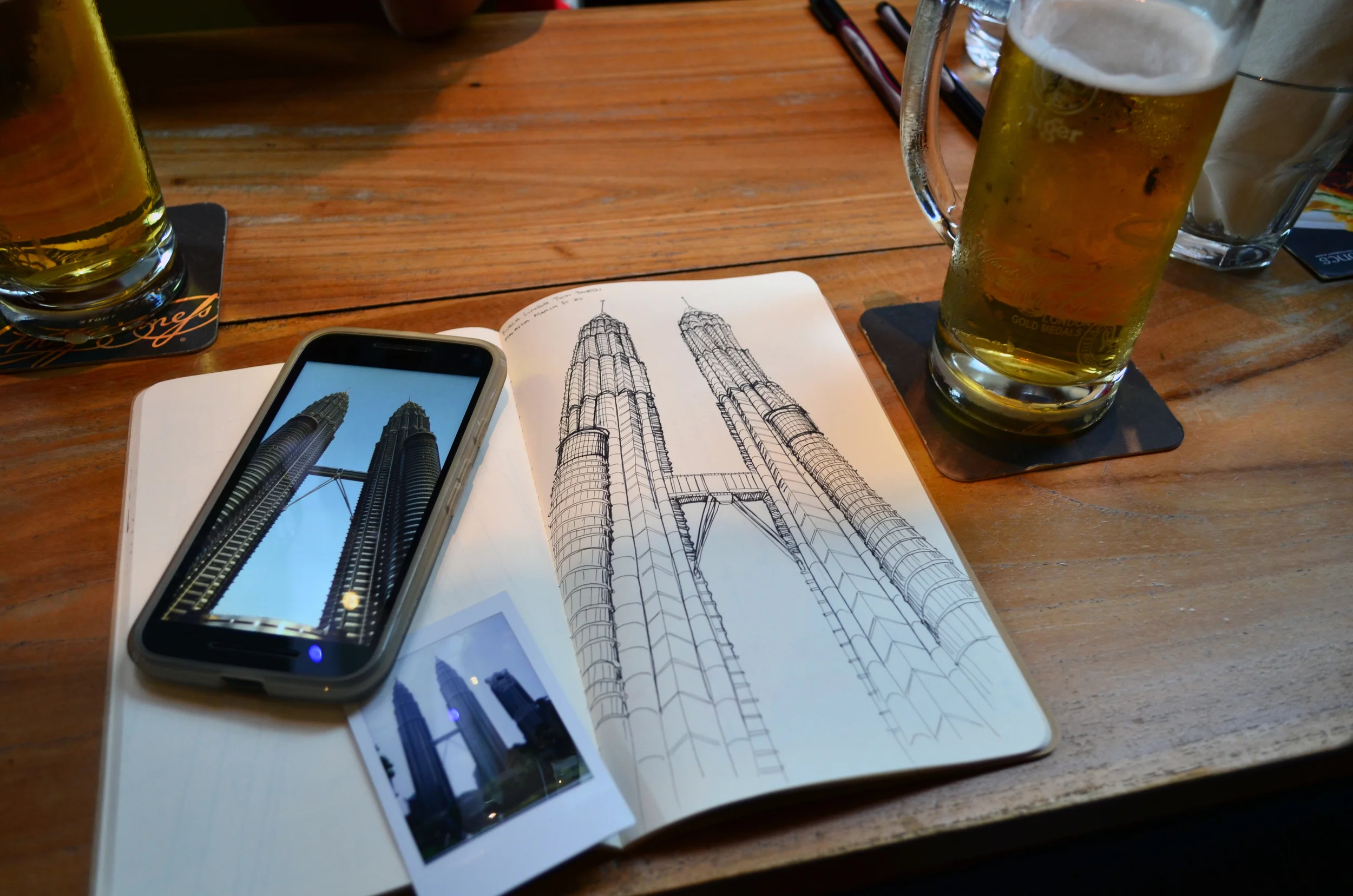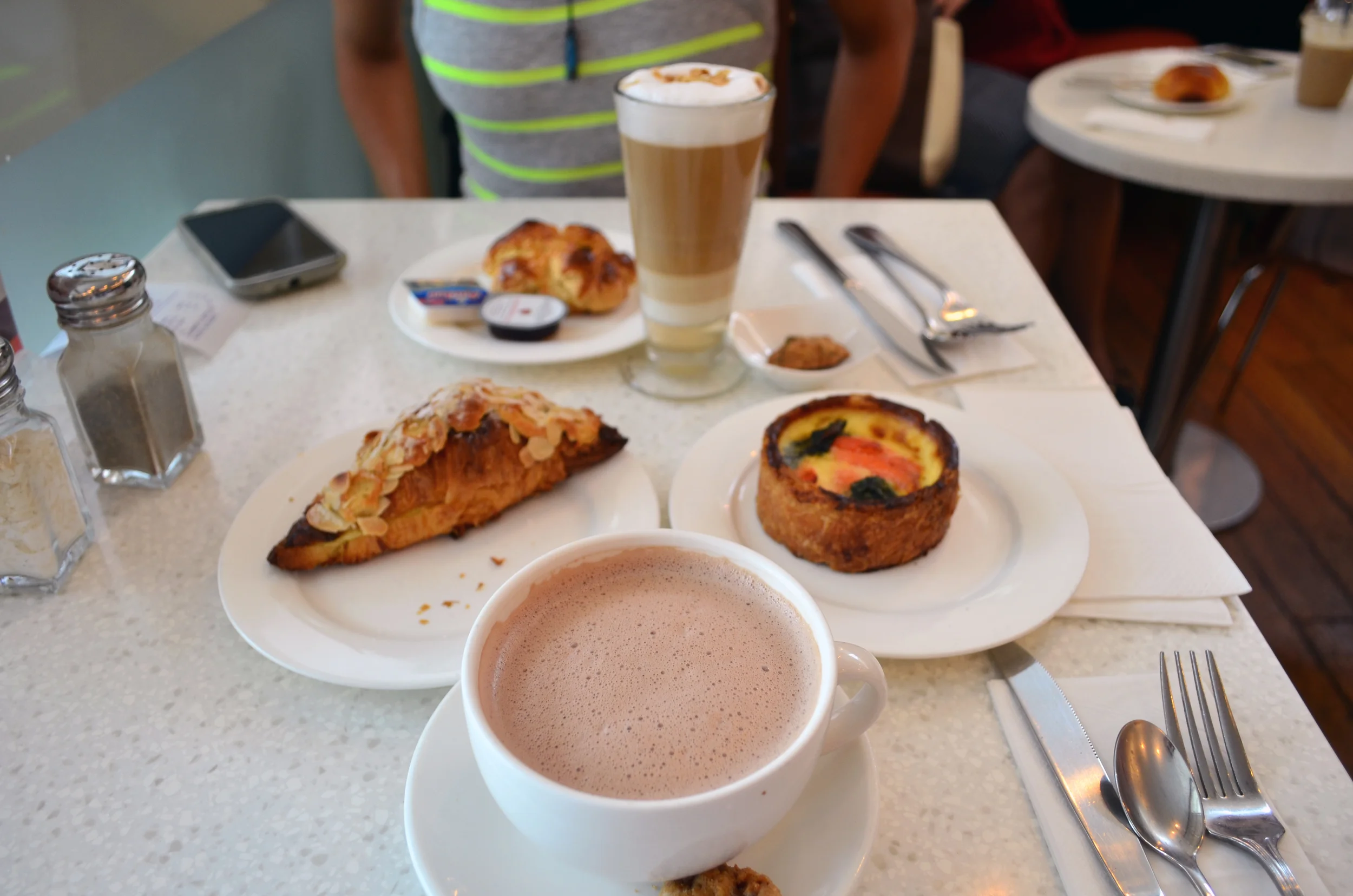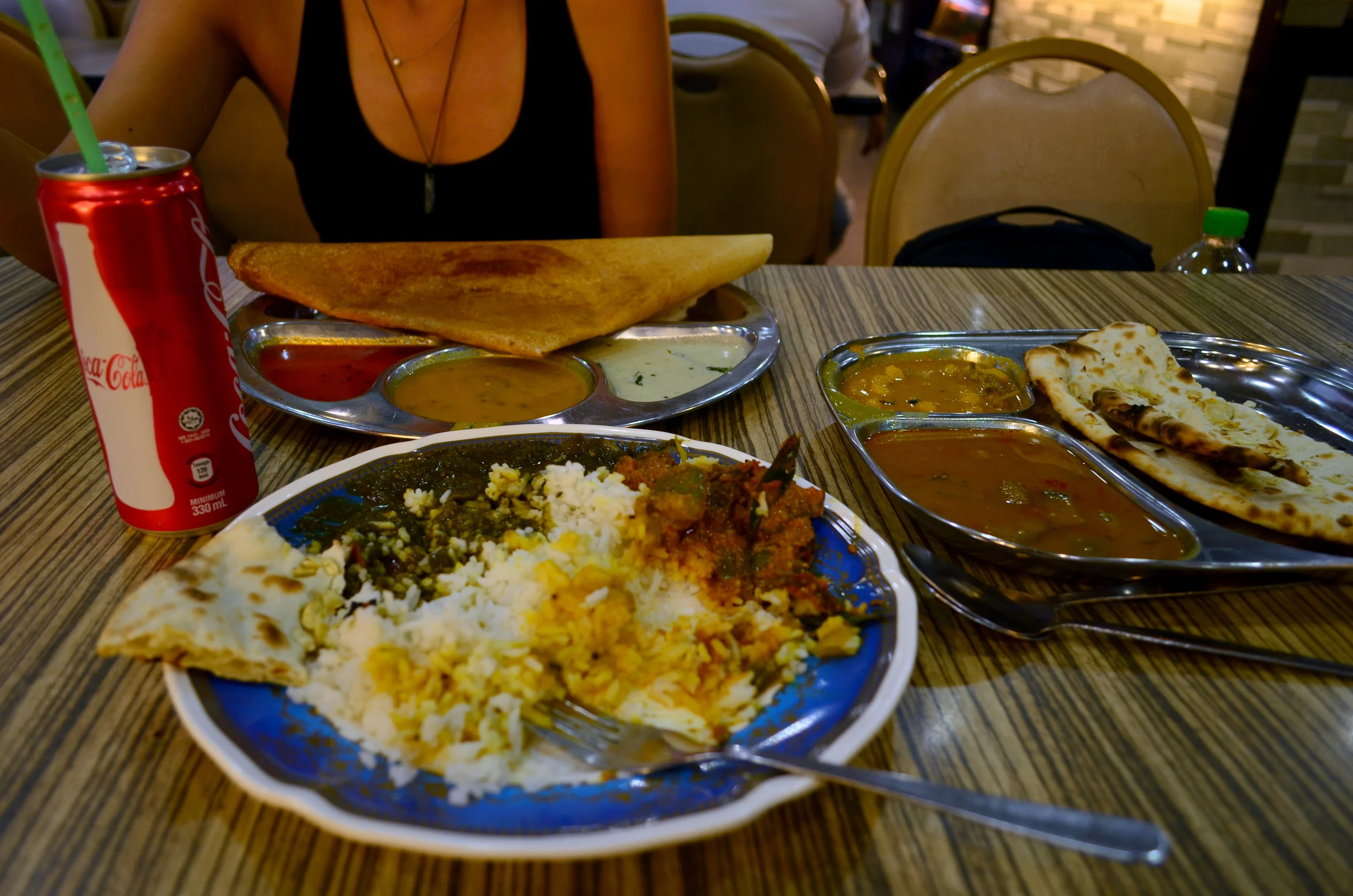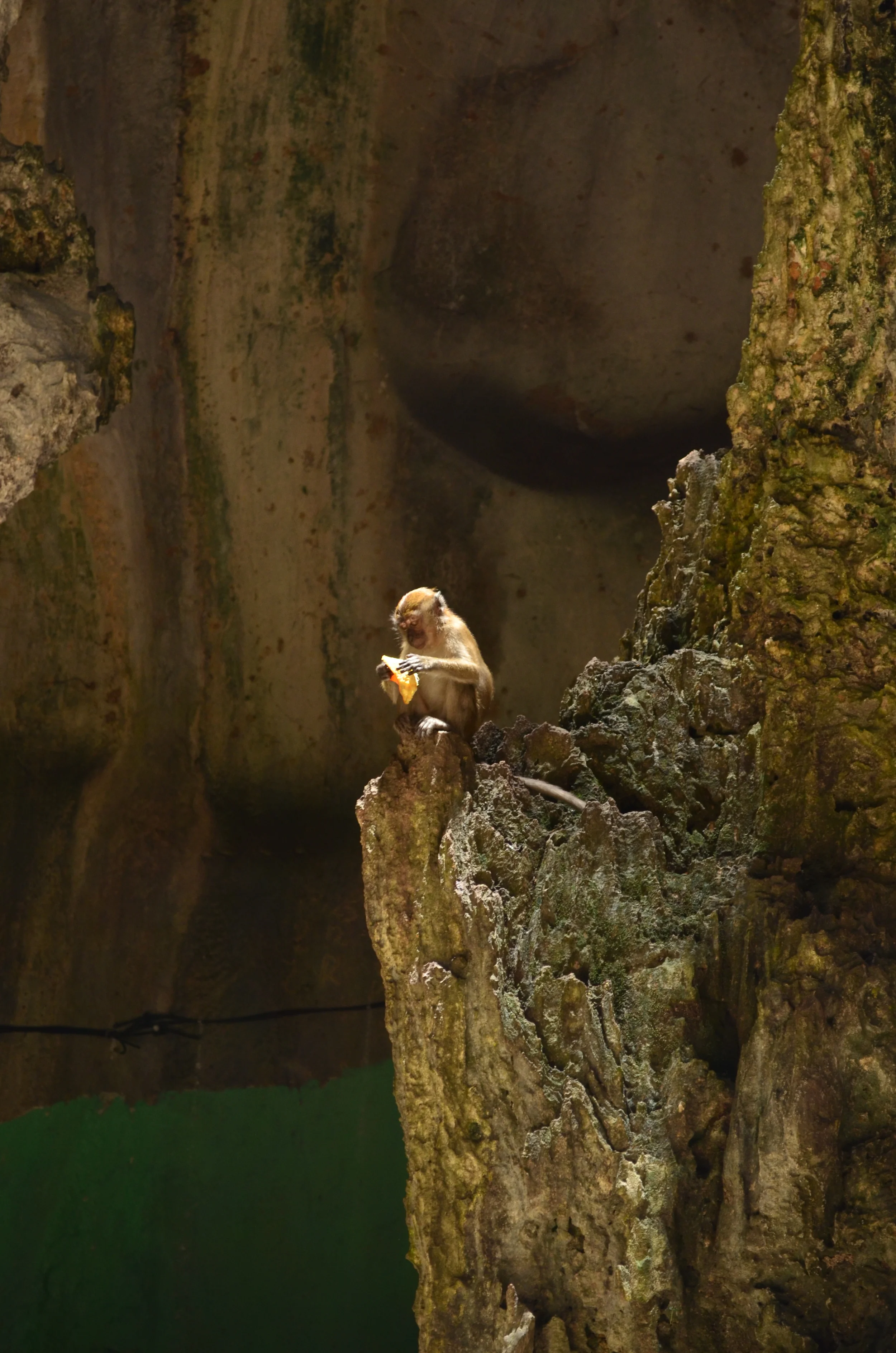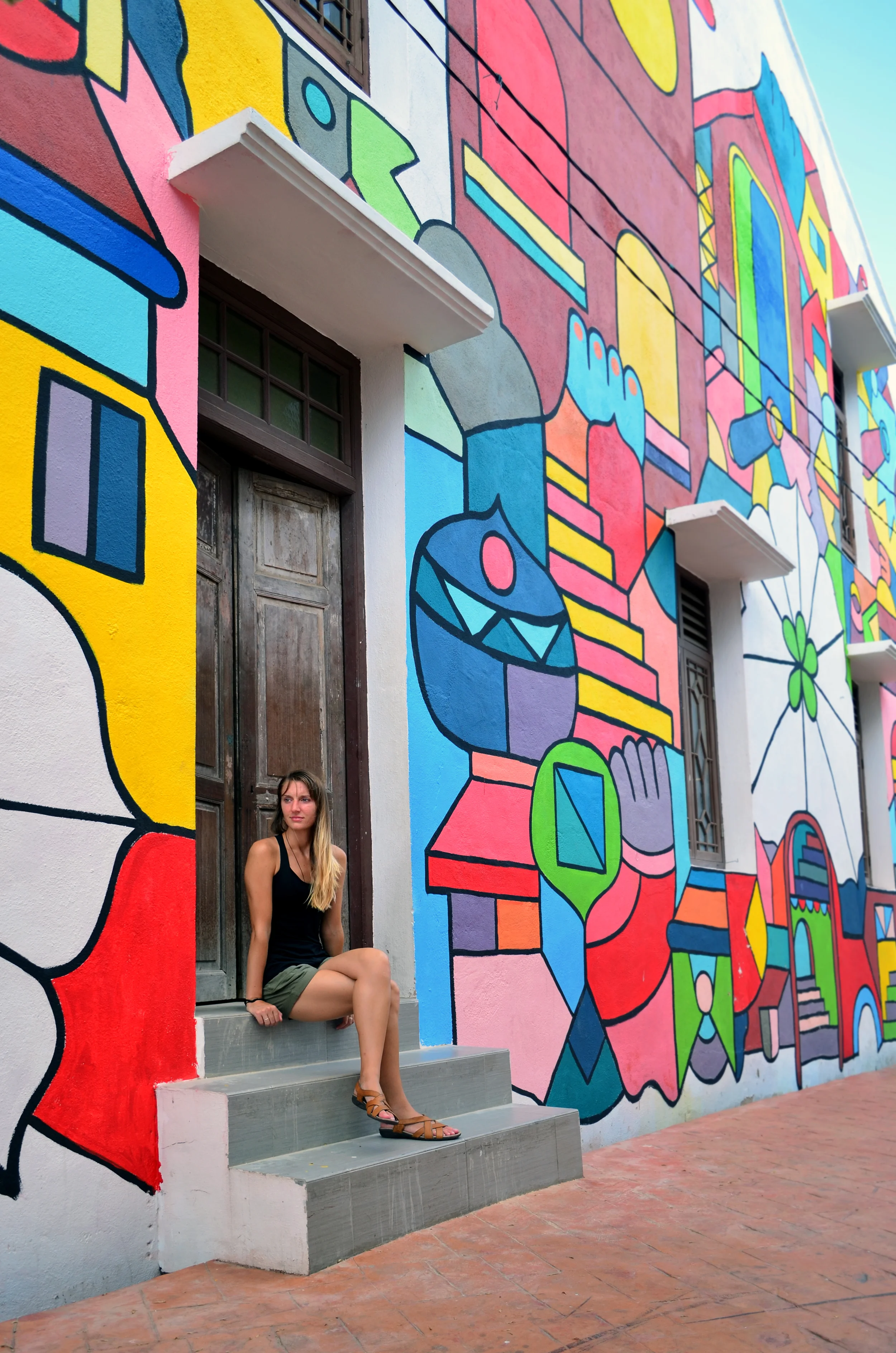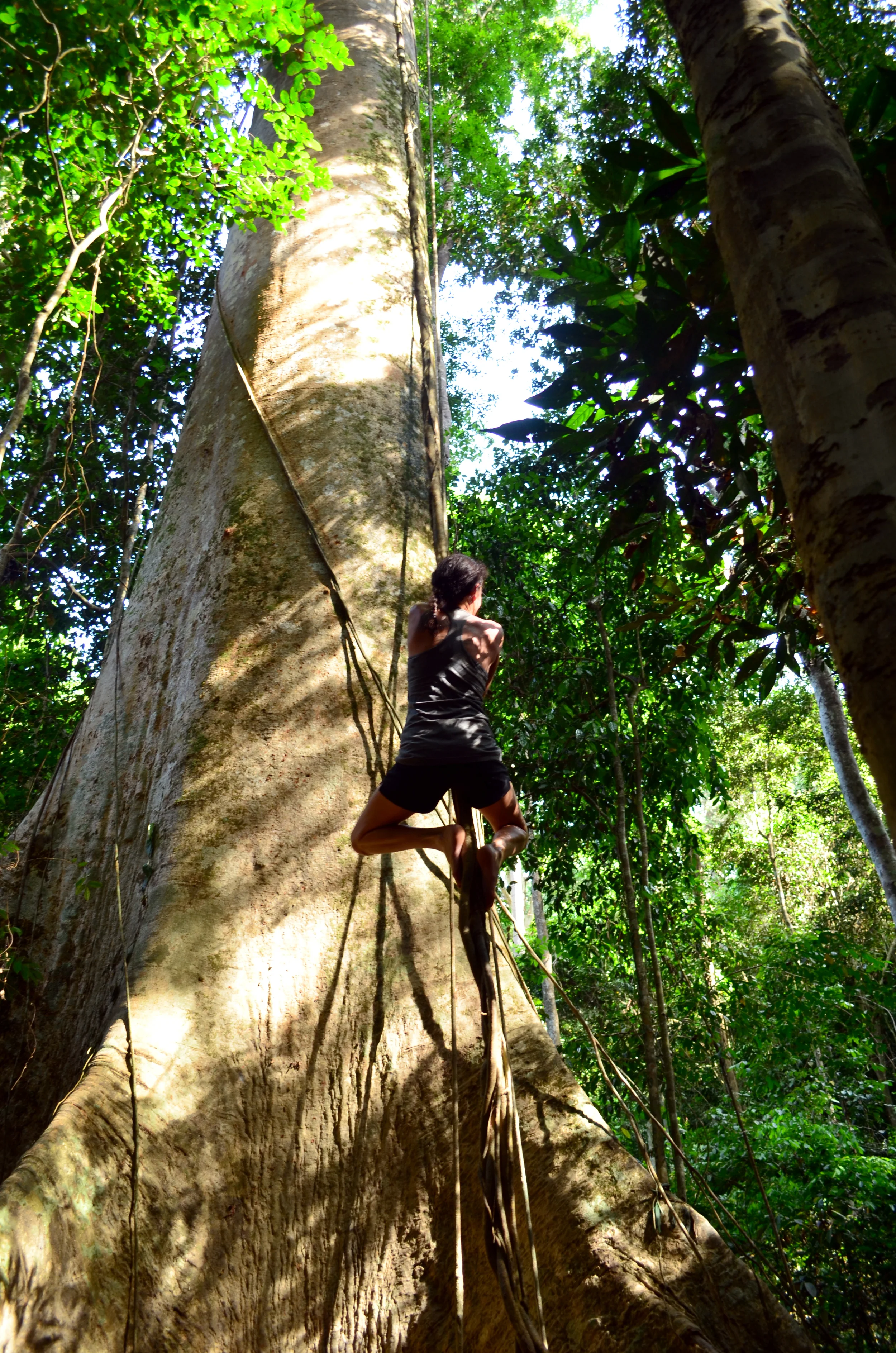On White Sheets, Madness, Spiders, and Architecture
Kuala Lumpur, Malaysia
Greatest Moment: This was where we had our greatest hotel! Around $20 a night, we got a very clean room and bathroom—no bugs, no bother! We woke to clean white walls and spotless white sheets, and our first morning we confused with a cloud-like heaven! This too had a common area, full of plush bean bag seats, a pool table, and the much loved TELEVISION. Yes, it is true. For the first time in 2 months, we were able to stare mindlessly at a TV. It is truly a great thing to do, but we are happy to realize that it is a luxury and NOT a way of life. Nonetheless, we looked forward to every evening, coming home to our clean room and hot shower, and taking the computer down to work on the blog in front of the TV. Even when Divergent was on every night, we still watched it with an excitement we are both not proud of. But honestly, that movie is not as bad as its successors. There it is—greatest moment, our hotel.
Worst Moment: Madness comes from within. We learned this in the Batu caves! We were lead through different zones in the Dark caves, and at one point our guide had us turn off all lights. We learned the absolute darkness of the environment, and it was frightening. Waving one’s hand in front of your face is undiscernible. Kathy thought of Silence of the Lambs, while Jamie felt slight empathy for the insane. Some torture techniques are shutting a person without light for 48 hours, where the mind begins to hallucinate and heighten the other senses. Though our stint of pure dark only lasted a minute, it was enough to make us question which direction the ground was, and if it was actually the ground under our feet. The creatures that live their whole lives in the caves without ever leaving or without ever seeing light, have evolved to its environment. They lose sight completely as well as pigmentation. Antennas and legs lengthen to guide them through their surroundings.
Lesson Learned: Besides being surrounded by darkness in Earth’s deep abyss, we loved our time at the Batu Caves! This is a conservation site for the Dark Caves, an environment that was dangerously threatened by mining, as limestone is used largely for mortar and cement. It is so important that they work hard to preserve these caves, as it is home to the rarest spider in the world, the trapdoor spider, and is the most researched tropical cave in the world. It has a tour that takes one through the caves, educating us on the ecological significance of this cave. We found it fascinating! There are thousands of bat species which come in and out of these caves, and are responsible for producing the main source of food for the rest of the creatures in the cave: Guano, or bat poop! Guano is then transformed by bacteria and other creature’s digestion into food for the inhabitants in the cave. The bats mainly eat the insects, the flowers from outdoors, and some even eat the mice. They are not the top of the food chain, as even the bats are subject to food to the Cave Racer Snake. This snake can dart up the uneven walls of the cave to reach the flying or hanging bats.
The dark caves were truly, dark and enormous. We walked through the main entrance cave to discover two more sections. In between sections, we stood in a wind tunnel, created by the shallow ceiling and the openings at opposing ends of the cave. The ceiling was beautifully formed in an even ripple like texture, and you stood there and felt the passing whistle of the air movement. The rock flow formations were incredible here, and by headlamp light, it was glistening calcite.
Where our tour ended in the caves, was at the region where the trapdoor spider mainly lives and is endemic to. This spider is the rarest in the world, and so interesting. It builds a trap that consists of a burrow-like space at the end of many web strings. When a creature walks on the web strings, these ‘trip lines’, the vibrations of their steps gives the spider an idea of their size. The trapdoor spider will then jump out and capture it, trapping it in its burrow with a door that literally shuts behind it. If the vibrations tell the spider that a larger creature is on the cord lines of its trap, then it can go into the burrow for protection itself. It even creates an emergency exit in the burrow in case it needs to escape from an approaching creature.
Cultural Insight: While we enjoyed the time in the hotel, we still were out for the majority of the days in Kuala Lumpur. Our days mainly consisted of hopping between cafes, bookstores, Indian restaurants, and admiring the Twin Towers. Architecture has such an influence here, and from many cultures. Most are structured within belief systems as well as aesthetics. The Petronas Twin Towers were built for the five pillars of the Islamic religion: faith, prayer, charity, fasting, and pilgrimage to Mecca. It follows traditional Islamic art and geometry. It’s considered one of the tallest twin towers in the world, consisting of 88 floors. During the day one sits around the park that surrounds these towers, and during night you admire them from the surrounding tall buildings. They alight in all white during the nighttime, and dazzles from a distance away.
DETAILS OF KUALA LUMPUR



